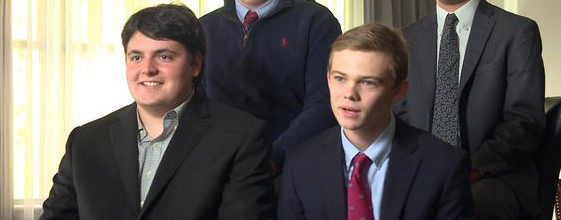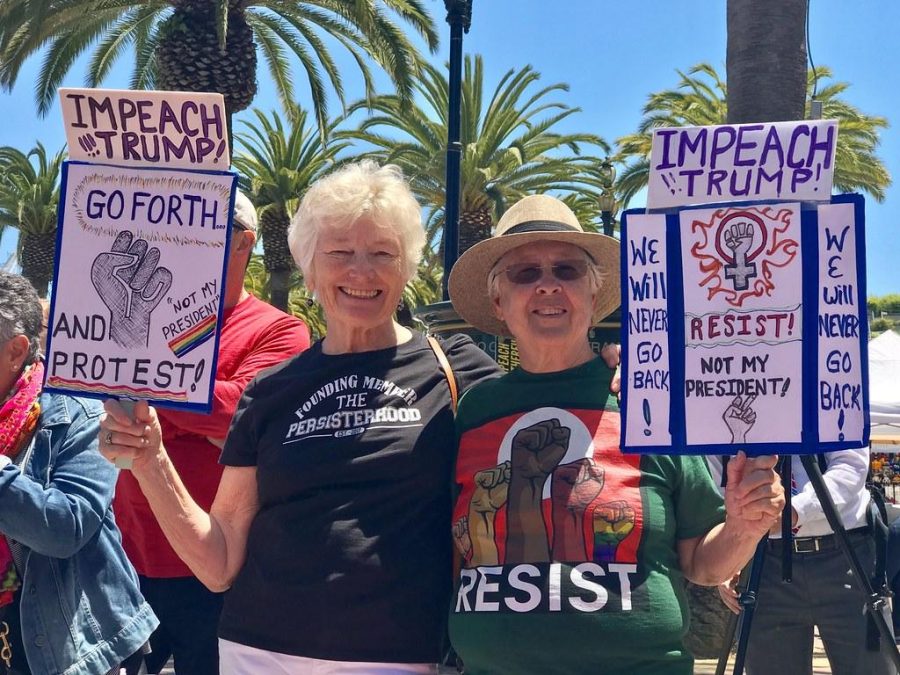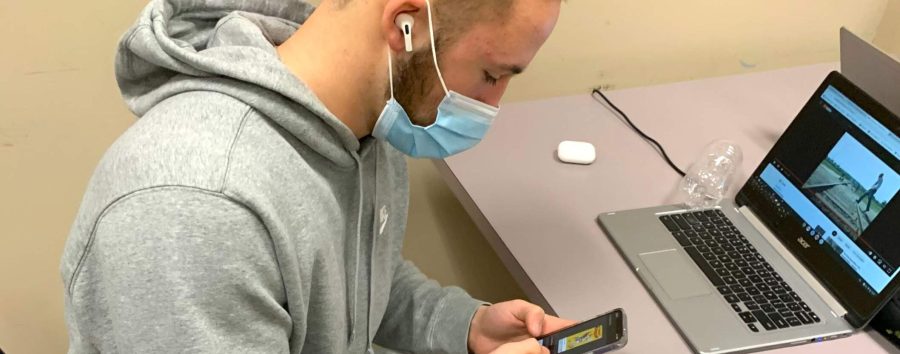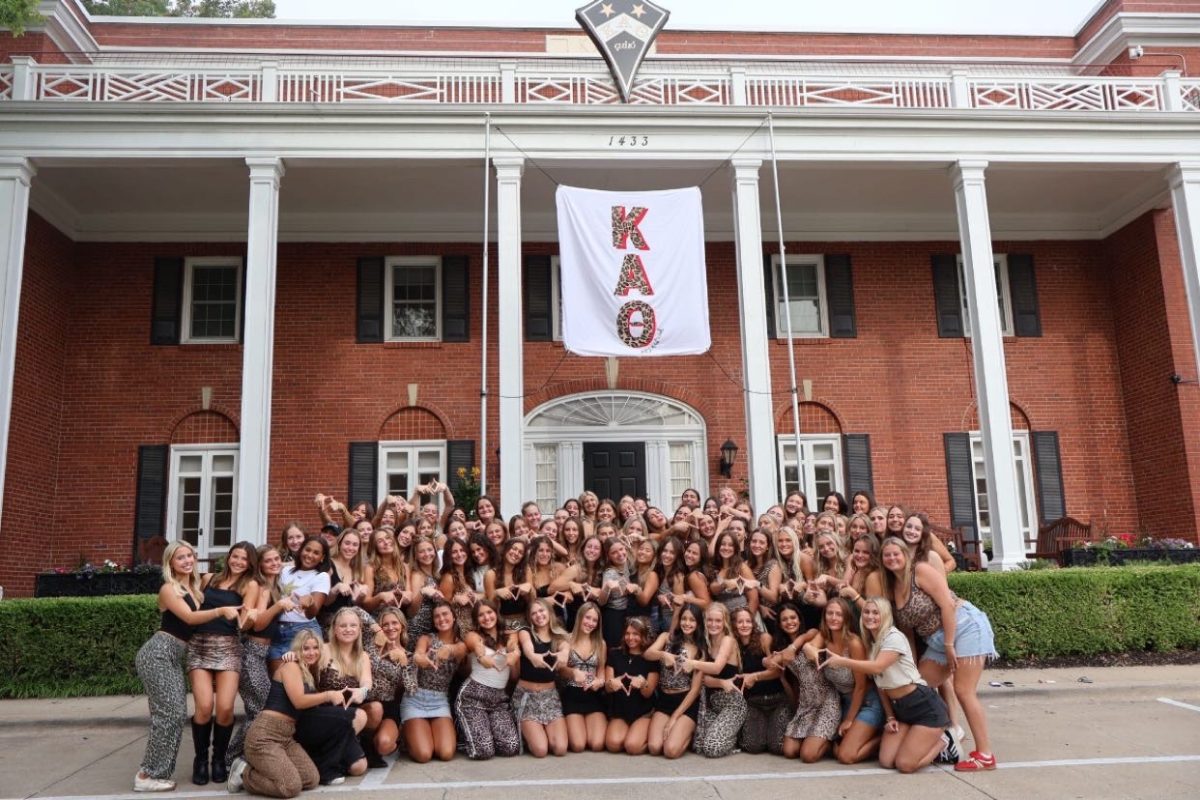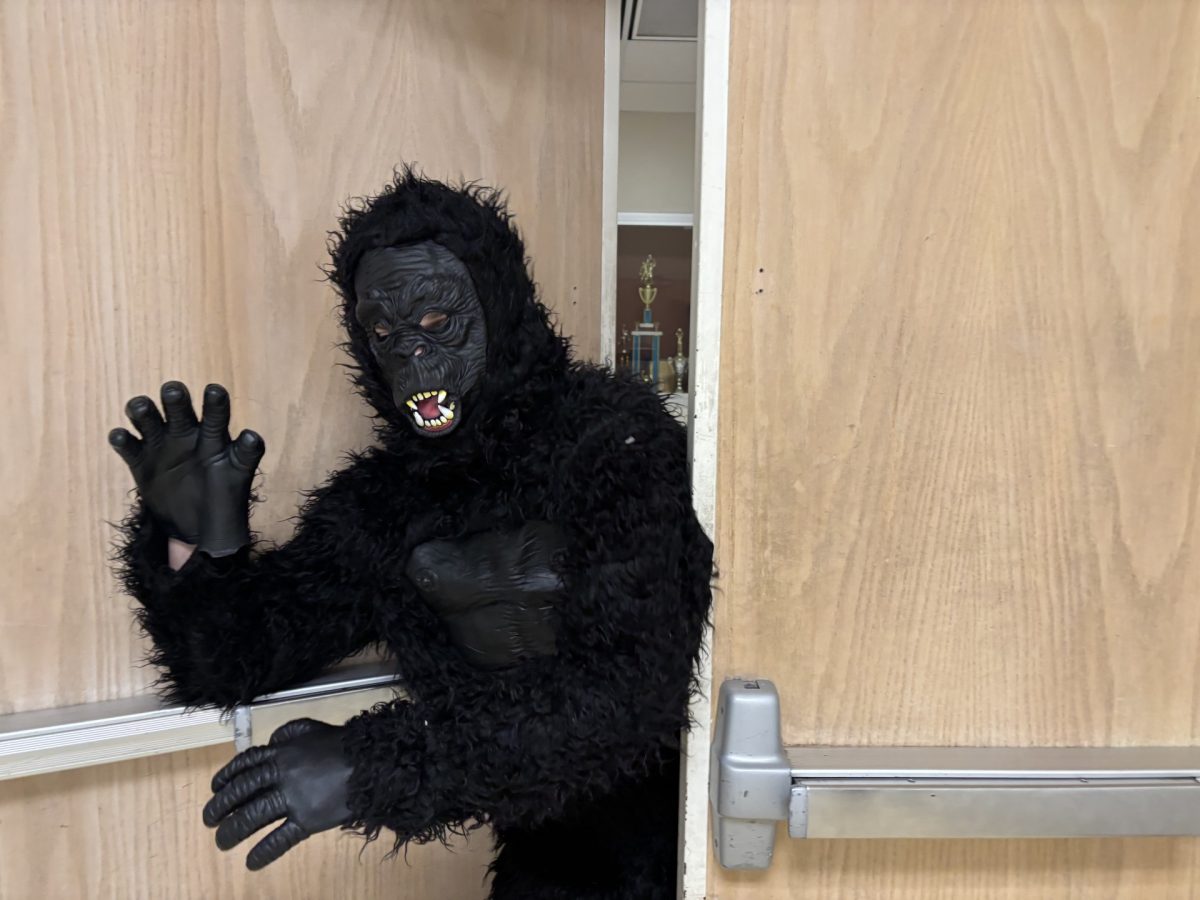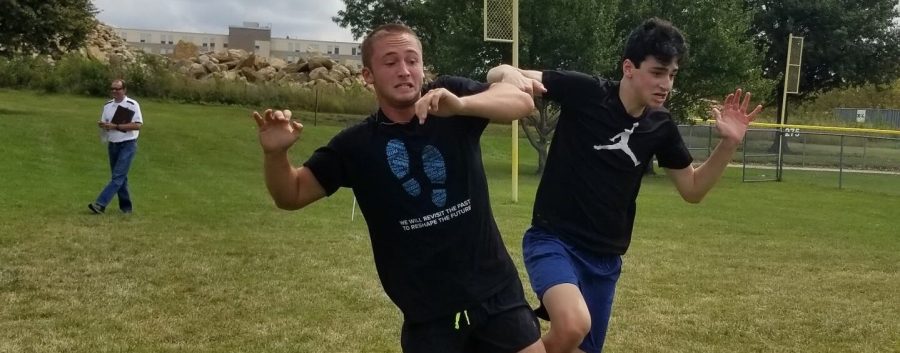
Between the years 2060, and 2100, there are estimated to be around 20 or more days in a year that will be greater than 105 degrees Fahrenheit due to climate change and emissions from things like cars.
Carbon-sucking machines, formally known as direct air capture and storage systems (DAC+S) are a climate mitigation effort to help fight climate change. One such machine is located in Reykjavik, Iceland. The plant is operated by a company called “Climeworks.” This specific plant in Iceland is on 0.42 acres of land and is capable of collecting 4000 tons of carbon from the air each year. Meaning, that this plant collects over 865 times more carbon if the land was filled with only trees (estimated to fit 220).
You might wonder, how do DAC+S machines work? HBHA science teacher and athletic director Cody Welton, explains, “ …direct air capture I think is a catch-all term that applies to multiple different technologies that enable people to selectively trap carbon dioxide out of the atmosphere, and store it chemically in a couple of different kinds of storage mechanisms…”
There are three main steps in the process of the DAC+S system in Iceland according to Climeworks. First, a fan that is located inside a collector draws in air from the outside and the air passes through a filter, trapping the C02 particles. Second, after the filter is full of C02, the collector is shut, and the temperature rises to about 212 degrees Fahrenheit (100 degrees Celsius). Then, because of this previous process, the Climeworks team can collect the C02. At the plant in Iceland, the captured C02 is turned into stone for storage.
Why have we not seen this technology everywhere? Well according to Welton, “This is a developing technology and has really yet to be scaled up…” The technology is still not widespread and improvements are still yet to be made. “In order to address the problem of climate change,” says Welton, “this is just one of many different options that need to be employed and we obviously, we need to have some way to pull excess carbon dioxide out of the air because it’s a greenhouse gas.”
So what other options do we have to help limit the effects of climate change? Perhaps one way is by joining an environmental club. Todd Clauer, who is the college guidance director, math department chair, and head of the environmental action club, “Holcim Yarok” at HBHA shared some ways and goals for the club on how they can help right here in our very own community. Clauer says, “…some of the goals right now are adding composting to what we do as a school in addition to the recycling efforts that we have, promoting the idea of reusing things like clothes as much as possible, and to not add to carbon footprints.”

It’s great that we live in a time of amazing scientific advancements and have discovered new technologies. However, is this greenwashing? Meaning, does having this new technology and joining a club such as Holcim Yarok make a difference? People can join an environmental club, yet still drive a gas-powered car daily, and do other everyday activities not necessarily environmentally friendly.
Welton says in regards to the DAC+S technology, “it really depends on how it is implemented, so it could be cynically used as greenwashing absolutely, but if it’s used as a bridging technology from a fossil fuel-based economy to something different then I think that that’s ideally what happens to it.” Welton also says, “it’s really up to governments and national governments to make that decision as to whether it’s going to be a bridging technology or something that’s sort of more long term…”
Concerning Holchim Yarok, Clauer says, “I think first of all students have a growing impact on the environment with the choices they make so at a younger age they’re not making most of the decisions that would relate to carbon emissions or other greenhouse gasses, and so it’s raising that awareness so when the students are making those bigger decisions and as they get into adulthood, they feel compelled to say what can I do by myself, what can I do for my family.”

(Teddy Zitron)
Clauer shares some advice for those who want to get involved in fighting climate change, “learn about what it means to be in a situation where we have climate change happening around us,” says Clauer, “what the impacts are going to be both on our local community and the global community.” Everything we do contributes to climate change, either positive or negative. As former president Barack Obama said, “We are the first generation to feel the impact of climate change and the last generation that can do something about it.”












